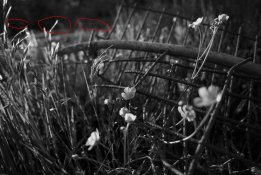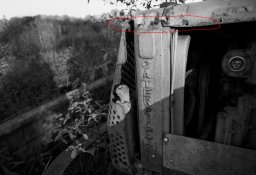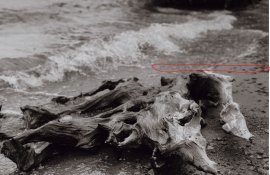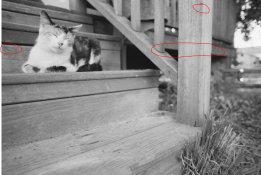Hello everyone,
After a 20-year hiatus and growing disenchantment with digital photography, I'm trying to return to film and home developing/printing. I've been experiencing an amazing assortment of problems with film development, but I am most dismayed by the horizontal lines (almost certainly scratches) that appear in my negatives (see examples). I'm developing in a Paterson-style tank and am extremely precise with all steps of the workflow. Lately I've been using distilled water through the entire process, such that my hard well water never contacts the negatives. I handle the negatives very carefully and have tried drying them vertically and horizontally in different locations. I've searched for every forum thread I can find on this topic and none has led me to a solution. Here's what I know:
Thanks,
Robert
After a 20-year hiatus and growing disenchantment with digital photography, I'm trying to return to film and home developing/printing. I've been experiencing an amazing assortment of problems with film development, but I am most dismayed by the horizontal lines (almost certainly scratches) that appear in my negatives (see examples). I'm developing in a Paterson-style tank and am extremely precise with all steps of the workflow. Lately I've been using distilled water through the entire process, such that my hard well water never contacts the negatives. I handle the negatives very carefully and have tried drying them vertically and horizontally in different locations. I've searched for every forum thread I can find on this topic and none has led me to a solution. Here's what I know:
- Camera-caused scratching seems like the most likely explanation, but I have observed these lines with three different cameras (all Nikon). I attempted to clean two of the cameras, without obvious improvement.
- This seems to happen with every film type that I've used (PanF Plus, Delta 400, Delta 100), but maybe the problem is more severe with PanF Plus.
- It's not a scanner issue: I can see the lines when I inspect the negatives with a loupe. When looking at the negatives, I can make the lines change from light to dark by moving the negatives around. I think that this demonstrates conclusively that they are scratches rather than normal photographic artifacts caused by a light leak or some such.
- The lines are always horizontal (i.e., in the direction of film movement through the camera). However, they are variable with regard to exact position and length. They don't affect every frame. Some are more noticeable than others.
Thanks,
Robert








